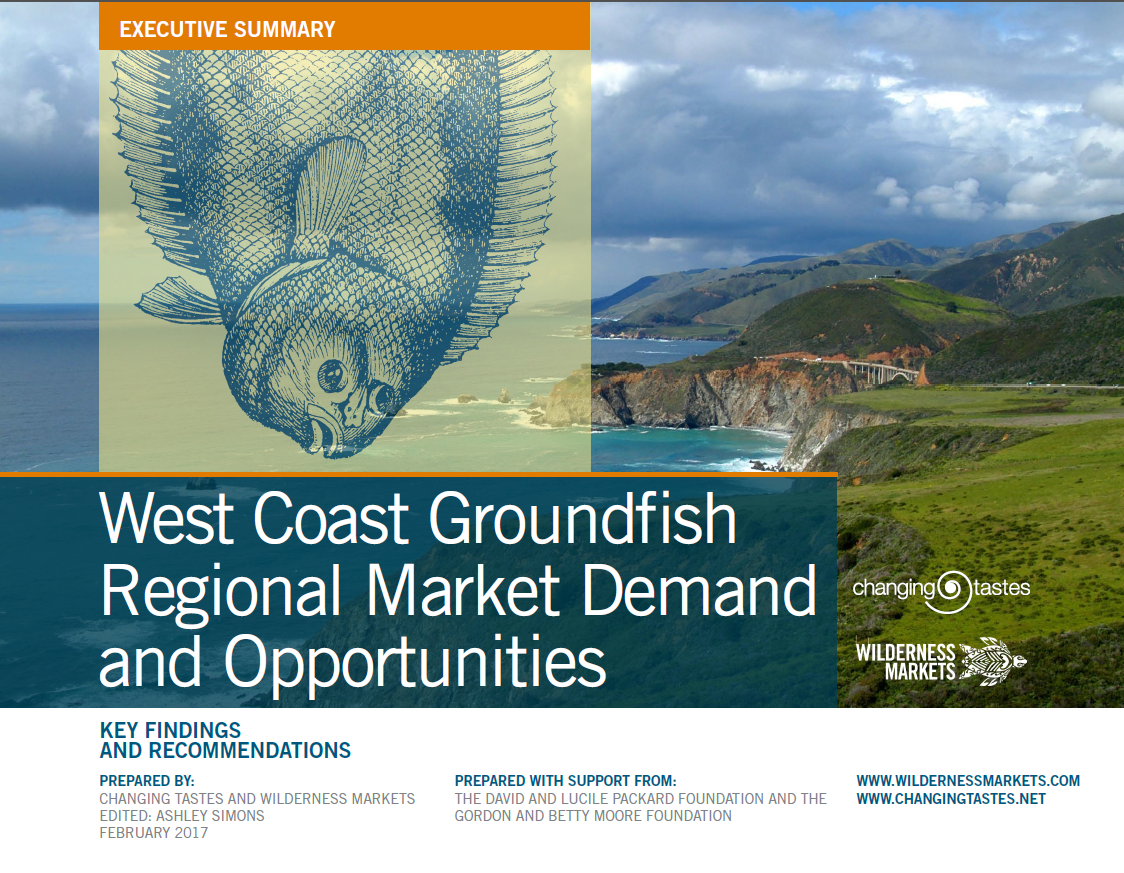Sustainable Fisheries – the role of the fishermen
Significant attention is being paid to the oceans. Between the UN Oceans Conference as the recent Economist leader, attention is (finally!) being given to the significant and numerous benefits and threats to the worlds oceans.
At a time of increasing populations, increased demand for healthy proteins – and arguably a climate imperative – human consumption of seafood is increasing exponentially. Wild capture seafoods are increasingly losing ground to aquaculture raised seafoods, for better or worse.
So why should we continue to care about wild capture seafoods? Isn’t sort of like expecting we should still live off wild buffalo and antelope?
It is – and the problem is, many emerging market countries are still dependent on wild capture fisheries for social, political and economic outcomes. Many emerging market economies depend on a sustained source of seafood to address social and poverty concerns. Fisheries related political decisions –in the form of subsidies and / or gear – are good politics at election time. And the national and global supply chains themselves are valuable sources of foreign currency in many countries.
While significant progress has been made to improve fisheries management in developed countries with strong rule of law, challenges remain on the open ocean and in many emerging markets. As summarized in a series of reports we completed, these challenges cut to the core of why fisheries remain “unmanaged”. We would argue that a developed world, legal first approach (which we call the “serial” approach) will not work in many emerging markets.
What is instead needed is a concerted effort to engage fishermen, gather reliable data and find culturally appropriate solutions in conjunction with the supply chain. These efforts can be complimentary – and inform – efforts to address legal and regulatory requirements in “parallel”, allowing fishermen to realize the benefits of changes in practices, presenting value chain actors and regulators with clear data on landings, and doing so in a culturally appropriate manner.
Our recent efforts in the United States and in Asia continue to support this theory.
In the United States, now that the west coast groundfish fishery is in recovery, fishermen face the reality that the market price is below the cost of landing the fish as management costs have increased while revenues have remained flat (or declined when adjusted for inflation) for the higher volume species. The market, in effect, compares US groundfish to imported white fish and sets the price at the lower of the two, in large part due to the volumes, but also due to the lower costs of imports. Unless prices and market access improve for US groundfish fishermen, its unlikely many of them will remain in business (and this in turn will imperil the funding of the fisheries management system).
In Indonesia, the bigger challenge relates to the lack of registration of fishermen and vessels, poor landings data and limited data on fishing sites and practices, particularly in artisanal fisheries which are increasingly being drawn into national and global supply chains due to the increased demand. In many countries, fishermen are essentially unregistered, have limited access to services and are not legally recognized. In nearly all the emerging market value chains we reviewed, the first legally recognized stage of the value chain was the aggregator or middle person. This legal recognition is important – it enables access to government and private services and it allows managers to define and engage with users.
It will continue to be challenging to manage these historically productive fisheries unless these challenges are addressed in a culturally appropriate manner.
Wilderness Markets is developing a range of measures building on the interests of fishermen that address these challenges in US and developing country fisheries. These include improving market access and recognition for fishermen with industry; addressing fishermen registration and organization; ensuring good data is collected and made available to all relevant parties as well as aligning economic incentives. An essential underpinning of all this work is the need to engage with, and facilitate, changes in practices in existing firms.
As we are seeing in our work, systems change is possible, it takes the combination of a bottom up approach and a systematic assessment of metrics to keep everyone on track.




![file_mar_01__6_10_06_pm[1] Harvester Cooperative Organizing](https://www.wildernessmarkets.com/wp-content/uploads/file_mar_01__6_10_06_pm1.jpg)



